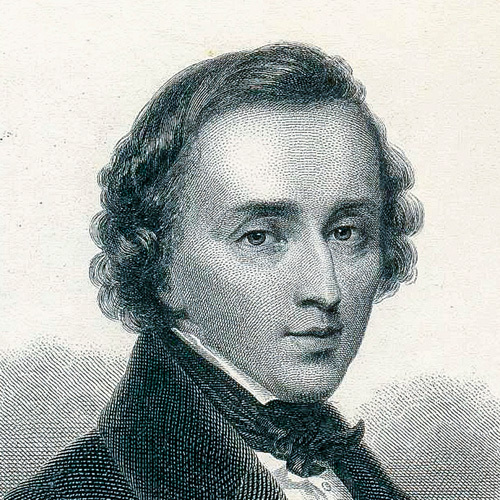
Robinson McClellan, music curator at the Morgan Library & Museum in New York, made a surprising discovery while organizing a collection of memorabilia: a small piece of paper with musical notes and Chopin’s name written at the top. After consulting several scholars, the manuscript was confirmed to be authentic. Classical music journalist Javier Hernández covered the story of this discovery and invited renowned pianist Lang Lang to perform the piece.
In an interview with As It Happens host Nil Köksal, McClellan said he initially reacted with caution to the find. “At first, I was very cautious, and instead of getting excited, I approached it with a ‘guilty until proven innocent’ mindset,” he explained.
Later that day at home, he played the notes on his piano and felt, in that moment, that he might be the first person in modern times to hear this Chopin piece. After collaborating with experts to authenticate the work, the museum announced that this is the first newly discovered piece by Chopin to come to light nearly 200 years after his death.
Colin B. Bailey, director of the Morgan Library & Museum, stated: “The discovery of a new work by Chopin is an exciting moment for the Morgan and for the music world.”
The piece was found this past spring during cataloguing of items received by the museum in 2019. The notes were written on a small yellow card, approximately 10 by 12 centimeters in size. At the top, the word “Waltz” and Chopin’s name appeared in French.
After the discovery, McClellan immediately contacted Jeffrey Kallberg, associate dean of arts and letters at the University of Pennsylvania and a Chopin scholar. Kallberg, who has spent years studying Chopin manuscripts, instantly recognized the handwriting style—although the music itself was entirely unfamiliar to him.
Upon returning to the U.S., Kallberg visited the Morgan Library to examine the manuscript firsthand, initiating the authenticity verification process.
Although the handwriting and paper matched Chopin’s active period, whether the piece was truly composed by him remains open to interpretation. Kallberg believes the piece stands out among Chopin’s works for its stormy, dissonant opening.
Pianist Lang Lang recorded the waltz for The New York Times and said the music evoked images of harsh winters in Polish villages.
The manuscript became part of the museum’s collection through Arthur Satz, who had purchased it from the wife of the late collector A. Sherrill Whiton Jr.
The handwritten score will remain at the Morgan and will likely be put on public display. Now that the music has been released, McClellan hopes more people will perform and study it. “We see this as just the beginning of the process and welcome further critique and analysis,” he said.